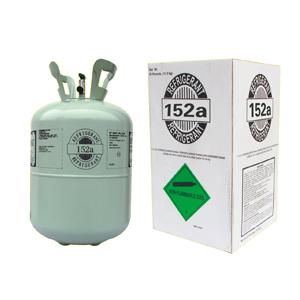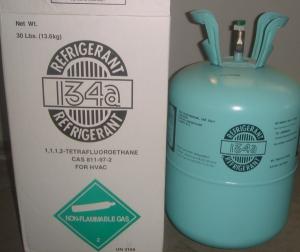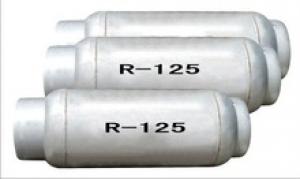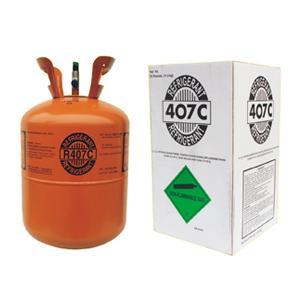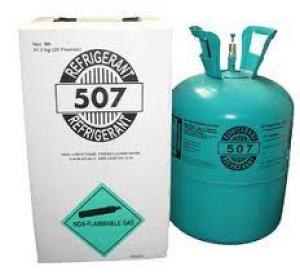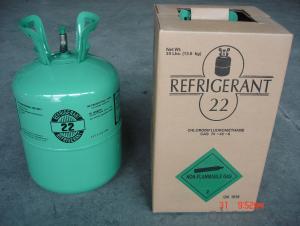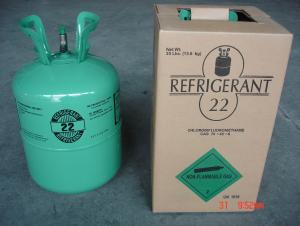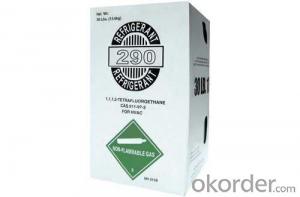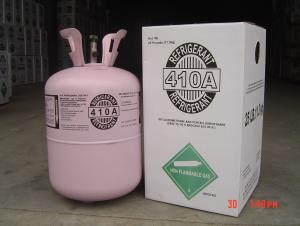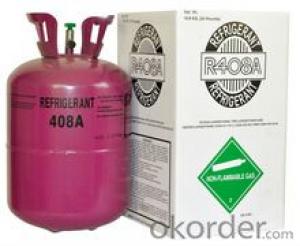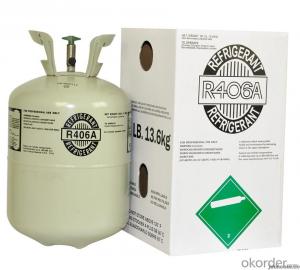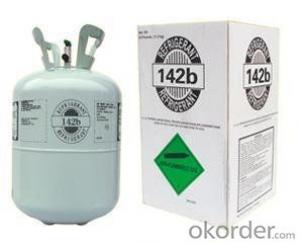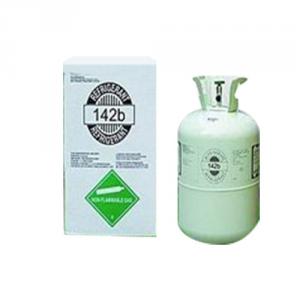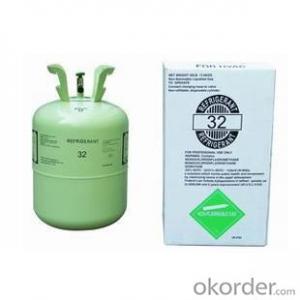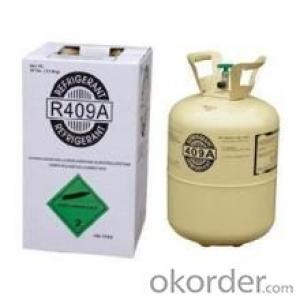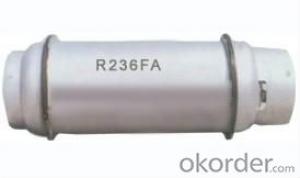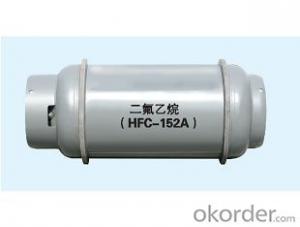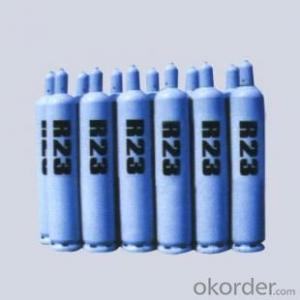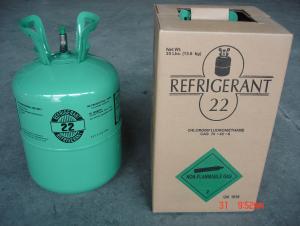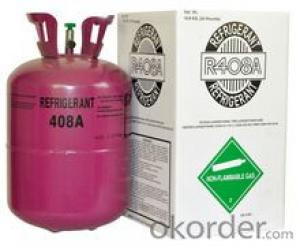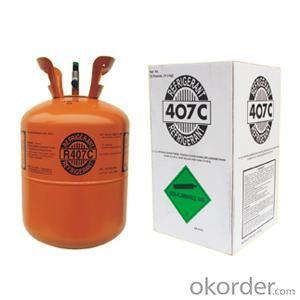Refrigerant R152a
OKorder Service Pledge
OKorder Financial Service
You Might Also Like
1)Properties:
R152a is a gas at room temperature, but turns to be colorless and transparent liquid under the pressure created by itself. It dissolves in oil easily but in water difficulty.
2)Specification:
| Purity | ≥99.80% | ||||
| Water content | ≤0.001% | ||||
| Acidity | ≤ 0.00001% | ||||
| Evaporation residue | ≤ 0.01% | ||||
| Chloride content | — | ||||
| Appearance | Colorless and clear | ||||
| Odor | Odorless | ||||
3)Detailed information:
Environmental parameters:ODP is 0,and GWP is 120.
Formula: CH3-CHF2
Boiling Point(degree): -24.7
Critical temperature(degree): 113.5
Critical pressure Mpa: 6.160
Density(25degree,g/cm3): 0.912
Evaporation heat(b.p)(KJ/kg): 324.2
4)Appl
ication:
it is mainly used as refrigetant, intermediate of refrigerant and raw materials of Fluororubbers,detergent,foam agent.
5)Packing:
Packed with recyclable cylinder 400L 800L 926L,ISO-Tank
- Q: Is polyethylene a derivative of hydrocarbons?
- The definition is yes
- Q: China's largest asphalt production base where
- Asphalt is composed of different molecular weight hydrocarbons and non-metallic derivatives of dark brown complex mixture, is a high viscosity organic liquid, was liquid, the surface was black, soluble in carbon disulfide.
- Q: What is the difference between crude oil and asphalt?
- Financial institutions, financial management, cash exchange, the exchange of foreign exchange private schools
- Q: Such as the problem, and how, how to squeeze methane into liquid, or how to squeeze into the liquid gas? It is still very difficult ... there is a dangerous thing .... (this is not important) high reward
- Pentane, g, x, n, decane, to eleven to hexadecane are liquid hydrocarbons. Ethanol is not a hydrocarbon, it is aerobic. Polymeric material is a compound of relatively high molecular weight Composition of the material, there are many, such as rubber, plastic, fiber, paint
- Q: What are the derivatives of hydrocarbons?
- In addition to the C and H elements, there are also one or more of O, X (halogen), N, S and other elements, such as methanol (CH3OH) learned from junior high school chemistry, (CH3Cl), nitrobenzene (C6H5NO2), and the like, which are mentioned in the previous chapter, are derivatives of hydrocarbons, such as ethanol (C2H5OH), acetic acid (CH3COOH)
- Q: What is the difference between organic matter and inorganic matter?
- Organic matter that organic compounds. Carbon compounds (carbon monoxide, carbon dioxide, carbonates, metal carbides and other rare carbon compounds excluded) or hydrocarbons and their derivatives in general. Organic matter is the material basis for life.
- Q: Cracked
- It is almost impossible for this problem to look at your reaction conditions. Generally speaking, the alkane reaction is mainly difficult to decompose directly into ions
- Q: What is the aromatic hydrocarbon .. what is the derivative of the aromatic hydrocarbon
- Aromatic hydrocarbons referred to as "aromatic hydrocarbons", refers to the molecule containing benzene ring structure of the hydrocarbons. Is a closed chain.
- Q: Other corals are because the color of the corals show colorful, why only the red coral is the exception of it? did not find the reasons for the big god to explain
- Organic compounds, the general purpose of carbon compounds (carbon monoxide, carbon dioxide, carbonic acid, carbonate, metal carbide, cyanide excluded) or hydrocarbons and their derivatives.
- Q: Carbon compounds (except inorganic carbon compounds), hydrocarbons and derivatives of the general term is?
- Organic matter
Send your message to us
Refrigerant R152a
OKorder Service Pledge
OKorder Financial Service
Similar products
Hot products
Hot Searches
